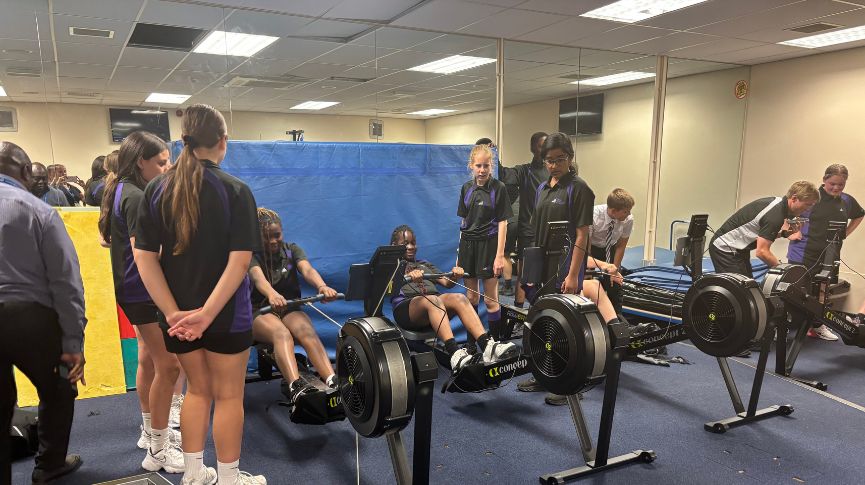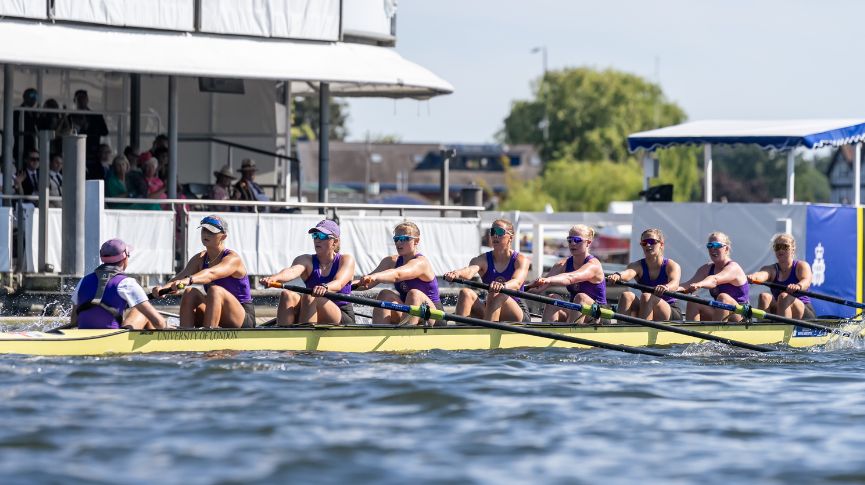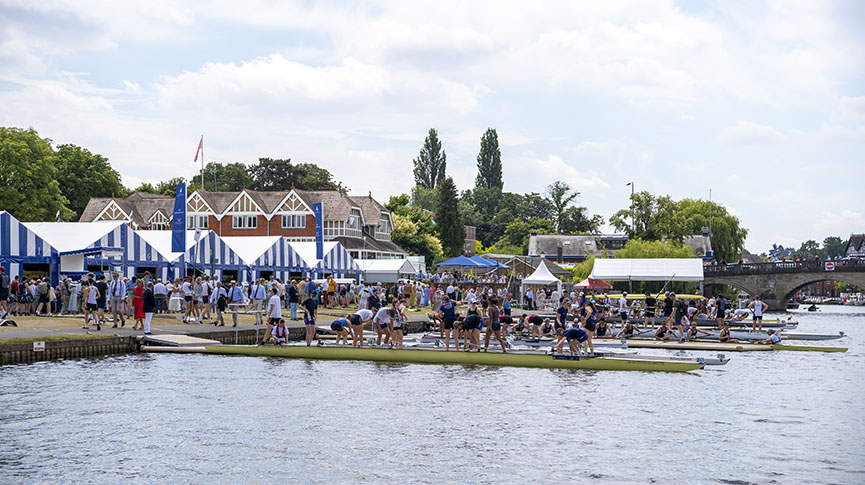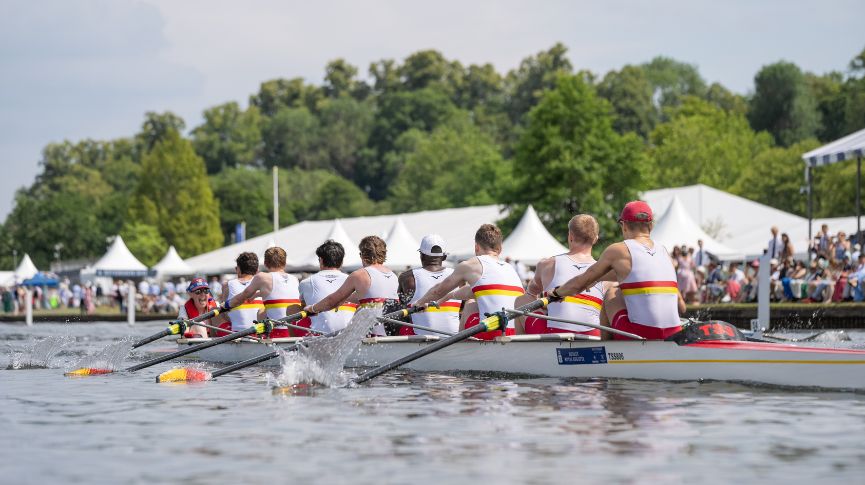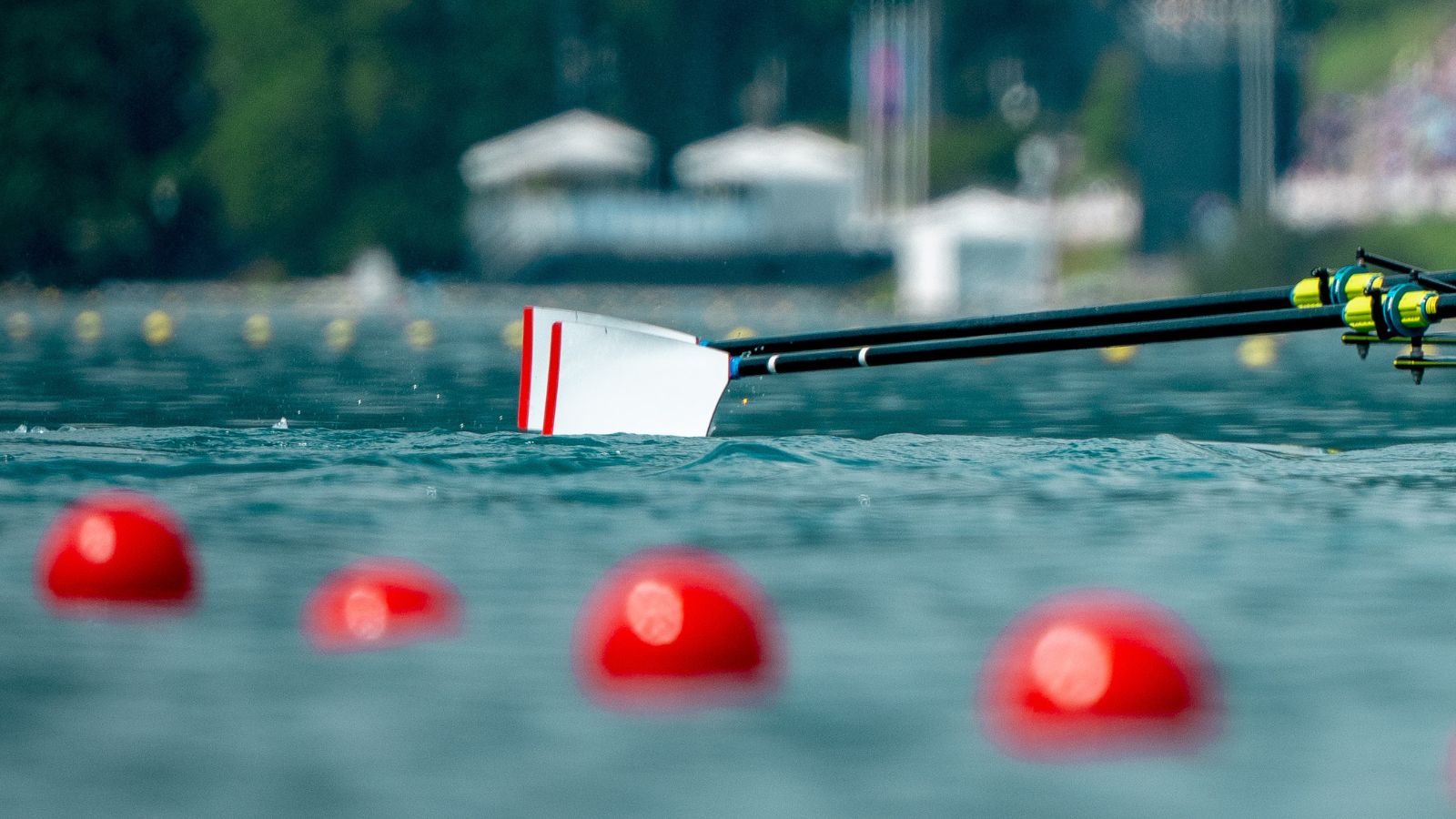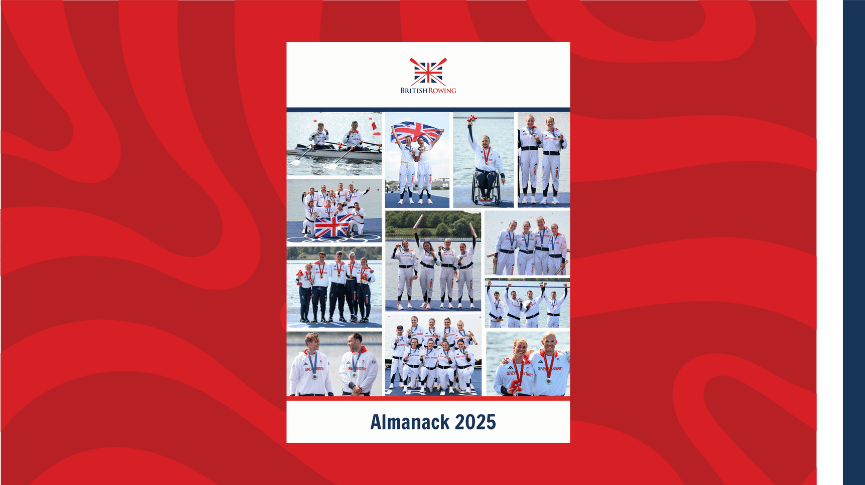Olympic gold medallist Anna Watkins shares her technique tips for the coming season
Anna Watkins won a spectacular Olympic gold with Katherine Grainger in the double sculls at London 2012. Here are her six top tips for developing your skills on the water this winter
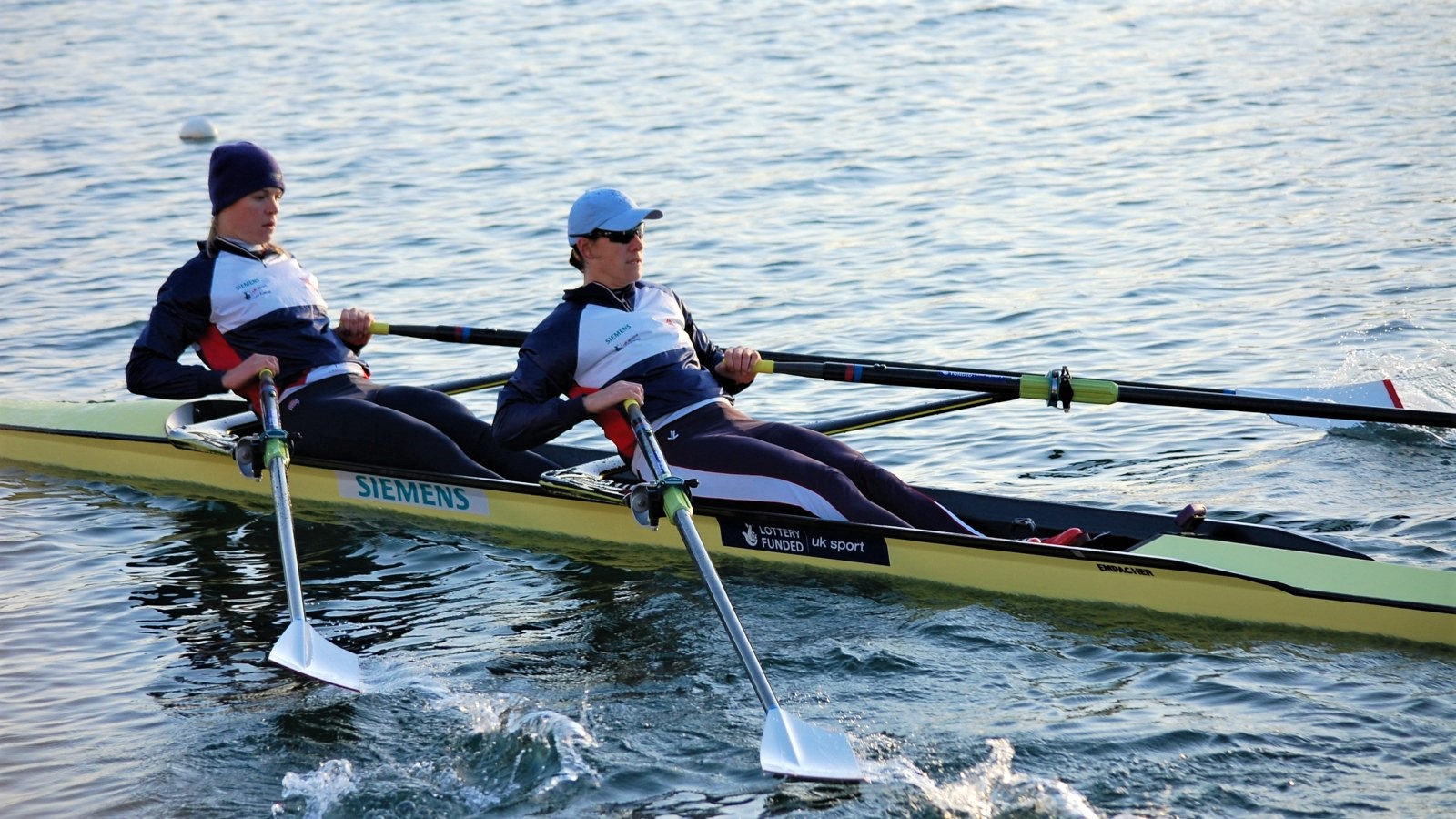
Anna Watkins and Katherine Grainger
There’s a long winter coming with not much racing so now is the ideal time to crack on with some skill development work. Here are some tips to help you choose the right technical goals, and to keep your progress on track right through the winter.
1. Get a snapshot of where your skills are today
You might already have a sense of this coming out of the racing season, as racing tends to throw things into sharp relief. The most useful tool is a video of you racing. It’s how you know what goes wrong under pressure. If you’re not sure what you should be picking out, get on YouTube and compare it to some top crews.
In my opinion, you see a fair amount of variation in what top crews do at the finish and on the recovery, but they all have an accurate catch and an effective drive sequence. If this doesn’t help, ask someone what they think the most useful change you can make is.
If you’re still not sure, you can bet any money that you need to be (a) more accurate with your catches, and (b) use your legs rather than your body or shoulders to initiate the drive. The crews that have got those two technical points absolutely nailed can probably be counted on your fingers, worldwide.
2. Choose some specific and measurable goals
Okay, so you’ve got 70 things to fix. Choose two. If you make good changes they’ll have a positive knock-on effect on the rest of the stroke anyway. Think about how you will know if you’ve made a change in the right direction. It might be by feel, coach feedback or video. Don’t think about the change as black or white. You are making incremental steps towards rowing nirvana, and you will never have it perfect. But that stroke that was better than the rest – can you repeat that for 10 more without messing it up once? Can you find a stroke that feels even sweeter?
Rowing is always like this, right up to the Olympic level, so enjoy the striving and don’t expect to feel it is ever finished and fixed.
3. Go back to basics
From time to time when you’re working on an isolated part of the stroke, you can lose sight of how the whole thing works together. I find it helpful to widen the focus at a few points during an outing. Take a break from your main goal, and just think about accelerating the boat from catch to finish. Mentally assess how relaxed you are and see if you can identity any tense muscles you could switch off. Deliberately tune in to the rhythm of the hull, see how well you can feel it move. Spend a few minutes doing this – then let your focus come back onto your session goal. Did you hold your improvement during the wider focus time? Do you understand better how your improvement might affect the rest of the stroke?
A great way to see your improvement is to choose exercises that you can make harder as you get better
4. Choose progressive exercises
A great way to see your improvement is to choose exercises that you can make harder as you get better. Perhaps you’re working on initiating the drive with your legs. So practise rowing just the first half of the stroke, i.e. front stops paddling to half slide. When you can do that with no body movement, try just the first quarter. What about just the first two inches?
Katherine Grainger and I had a series that we did for balance and relaxation. We’d do pauses with square blades, then with reverse feather (feather the wrong way, i.e. rotate your hand forward like you are revving a motorbike. If the blade hits the water like that it’s going under, so it’s scary). Eventually one of us, then both, would close our eyes. We could only do the whole thing when we were at our very best.
Why spend time on technique?
1 - You will go faster for the same effort.
2 - You will intimidate your opposition before the race has even started.
3 - The feeling of getting technically better is addictive and enjoyable.
4 - It’s often a quicker way to improve speed than getting fitter.
5 - It reduces your chance of being injured.
6 - It forces your crew to think together which you need to be able to do in a race.
7 - It makes for more comfortable outings, ie with a balanced boat and no bleeding knuckles.
8 - It’s your only weapon against anyone with a bigger ergo.
9 - You get a rest from nailing it when you do a technical outing.
10 -Your race photos will look great.
5. Take a step back from time to time
Every month or so, take time to review your progress and reassess your goals. Perhaps take a new video and compare it with the old one. Keep a training diary, I was useless at that but was always glad to have it to refer back to when I had bothered to do it. Then give yourself permission to take a mental break. Go and do a head race or spend the weekend cycling. When you get back to working on your major goals you’ll feel refreshed and recharged.
6. Know your strengths
The last thing you want to do when making changes is to lose an aspect of your technique that is actually a strength. So when you assess your stroke make sure that you work out, or get someone to tell you, what it is that you do well. Take confidence from it and enjoy the feeling in the boat of doing this thing well.
When you have your ‘wider focus’ part of the outing, you can check this thing is still there. And of course, when you race, make sure a big portion of your mental effort is focussed on doing the things you do well. It’s much easier, and more fun, to race if thinking about exploiting your assets rather than avoiding your weaknesses. And hopefully by the end of this winter, if you put in the work, you’ll have a couple more strengths to play with when regatta season comes around again.
This article first appeared in Rowing & Regatta magazine. Find out more about the magazine here.


